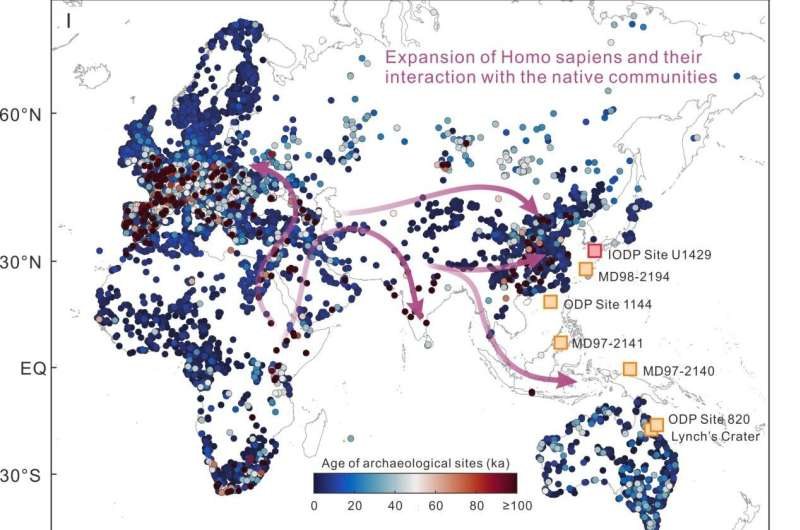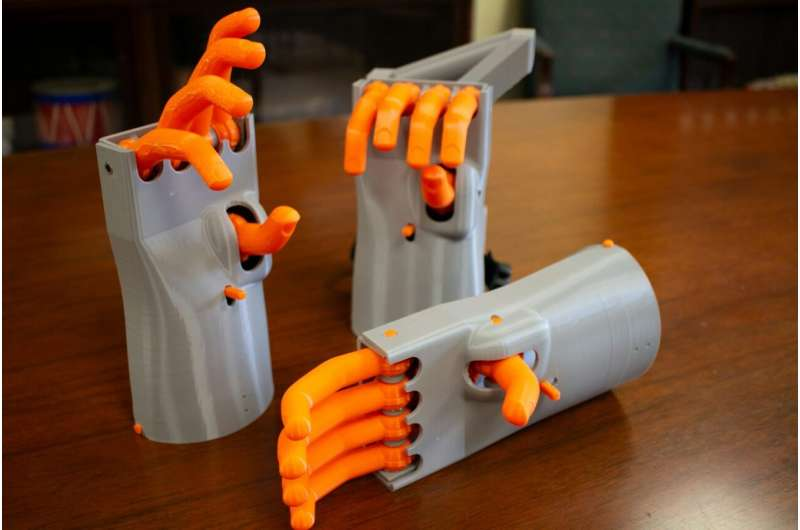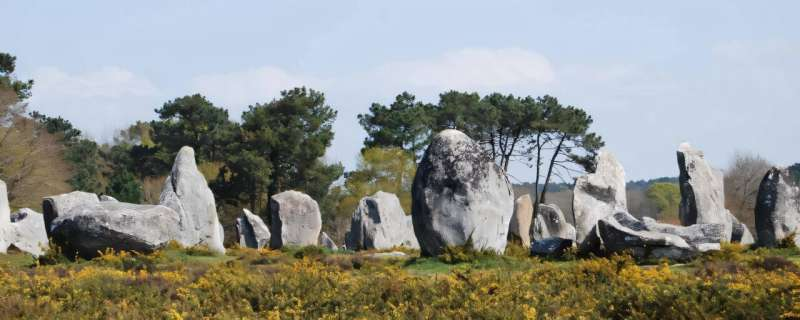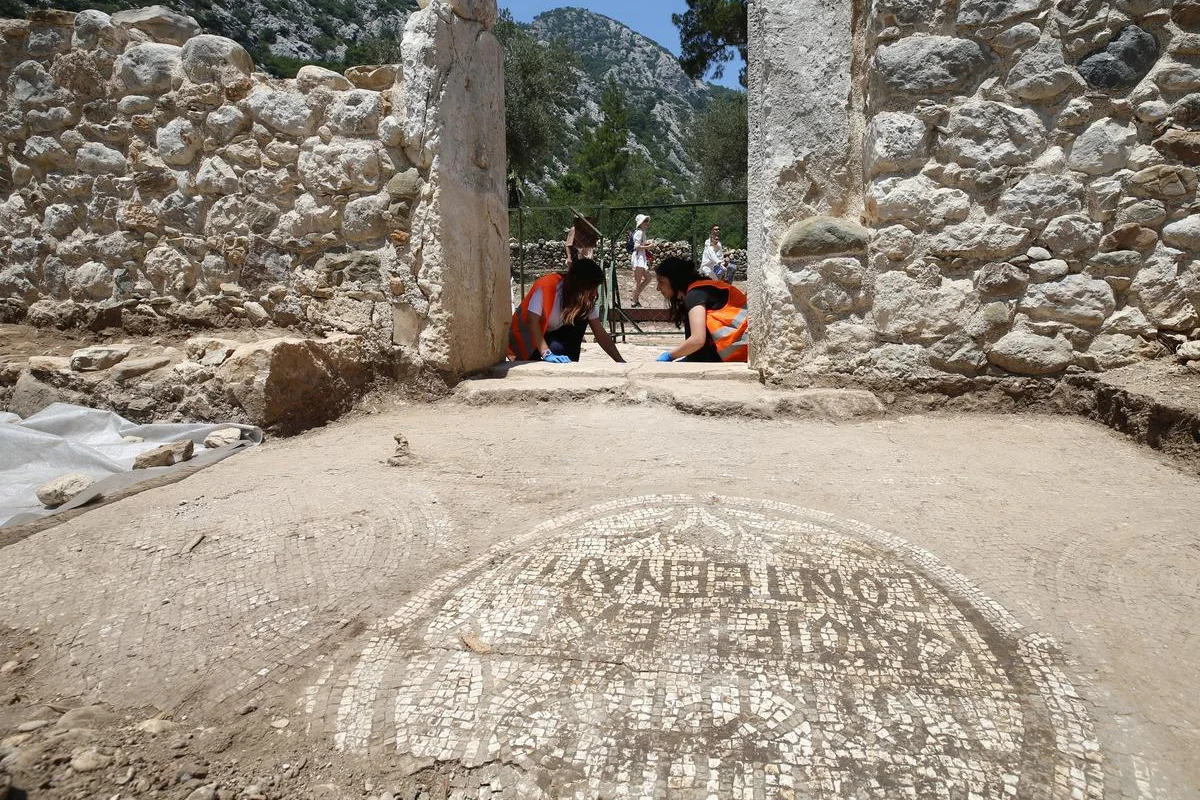The term Nostratic commonly designates a hypothetical macrofamily, or “superfamily,” consisting of several linguistic families spread across Eurasia, all of which are supposedly descended from a single common ancestor, Proto-Nostratic. Its exact composition and structure vary among proponents.
It typically comprises Kartvelian, Indo-European and Uralic languages; some languages from the disputed Altaic family; the Afroasiatic languages spoken in North Africa, the Horn of Africa, the Arabian Peninsula and the Near East as well as the Dravidian languages of the Indian Subcontinent (sometimes also Elamo-Dravidian, which connects India and the Iranian Plateau).
The hypothetical ancestral language of the Nostratic family is called Proto-Nostratic. Proto-Nostratic would have been spoken between 15,000 and 12,000 BCE, in the Epipaleolithic period, close to the end of the last glacial period.
The Nostratic hypothesis originates with Holger Pedersen in the early 20th century. The name "Nostratic" is due to Pedersen (1903), derived from the Latin ‘nostrates’ (=fellow countrymen). The hypothesis was significantly expanded in the 1960s by Soviet linguists, notably Vladislav Illich-Svitych and Aharon Dolgopolsky, termed the "Moscovite school" by Allan Bomhard (2008, 2011, and 2014), and it has received renewed attention in English-speaking academia since the 1990s.
The hypothesis is controversial and has varying degrees of acceptance amongst linguists worldwide with most rejecting Nostratic and many other macrofamily hypotheses. In Russia, it is endorsed by a minority of linguists, such as Vladimir Dybo, but is not a generally accepted hypothesis. Some linguists take an agnostic view. Eurasiatic, a similar grouping, was proposed by Joseph Greenberg (2000) and endorsed by Merritt Ruhlen: it is taken as a subfamily of Nostratic by Bomhard (2008).
Constituent language families
The language families proposed for inclusion in Nostratic vary, but all Nostraticists agree on a common core of language families, with differences of opinion appearing over the inclusion of additional families.
The three groups universally accepted among Nostraticists are Indo-European, Uralic, and Altaic; the validity of the Altaic family, while itself controversial, is taken for granted by Nostraticists. Nearly all also include the Kartvelian and Dravidian language families.
Following Pedersen, Illich-Svitych, and Dolgopolsky, most advocates of the theory have included Afroasiatic, though criticisms by Joseph Greenberg and others from the late 1980s onward suggested a reassessment of this position.
A fairly representative grouping, arranged in rough geographical order (and probable order of phylogenetic branching, following Starostin), would include:
Afroasiatic
Kartvelian
Indo-European
Uralic
Dravidian
Altaic, or separately:
Koreanic
Turkic
Mongolic
Tungusic
Japonic
Eskimo–Aleut
The Sumerian and Etruscan languages, usually regarded as language isolates, are thought by some to be Nostratic languages as well. Others, however, consider one or both to be members of another macrofamily called Dené–Caucasian. Another notional isolate, the Elamite language, also figures in a number of Nostratic classifications. It is frequently grouped with Dravidian as Elamo-Dravidian.
In 1987 Joseph Greenberg proposed a similar macrofamily which he called Eurasiatic. It included the same "Euraltaic" core (Indo-European, Uralic, and Altaic), but excluded some of the above-listed families, most notably Afroasiatic. At about this time Russian Nostraticists, notably Sergei Starostin, constructed a revised version of Nostratic which was slightly broader than Greenberg's grouping but which similarly left out Afroasiatic.
Beginning in the early 2000s, a consensus emerged among proponents of the Nostratic hypothesis. Greenberg basically agreed with the Nostratic concept, though he stressed a deep internal division between its northern 'tier' (his Eurasiatic) and a southern 'tier' (principally Afroasiatic and Dravidian). The American Nostraticist Allan Bomhard considers Eurasiatic a branch of Nostratic alongside other branches: Kartvelian, Afroasiatic, and Elamo-Dravidian. Similarly, Georgiy Starostin (2002) arrives at a tripartite overall grouping: he considers Afroasiatic, Nostratic and Elamite to be roughly equidistant and more closely related to each other than to anything else. Sergei Starostin's school has now re-included Afroasiatic in a broadly defined Nostratic, while reserving the term Eurasiatic to designate the narrower subgrouping which comprises the rest of the macrofamily. Recent proposals thus differ mainly on the precise placement of Kartvelian and Dravidian.
According to Greenberg, Eurasiatic and Amerind form a genetic node, being more closely related to each other than either is to "the other families of the Old World". There are a number of hypotheses incorporating Nostratic into an even broader linguistic 'mega-phylum', sometimes called Borean, which would also include at least the Dené–Caucasian and perhaps the Amerind and Austric superfamilies. The term SCAN has been used for a group that would include Sino-Caucasian, Amerind, and Nostratic.







